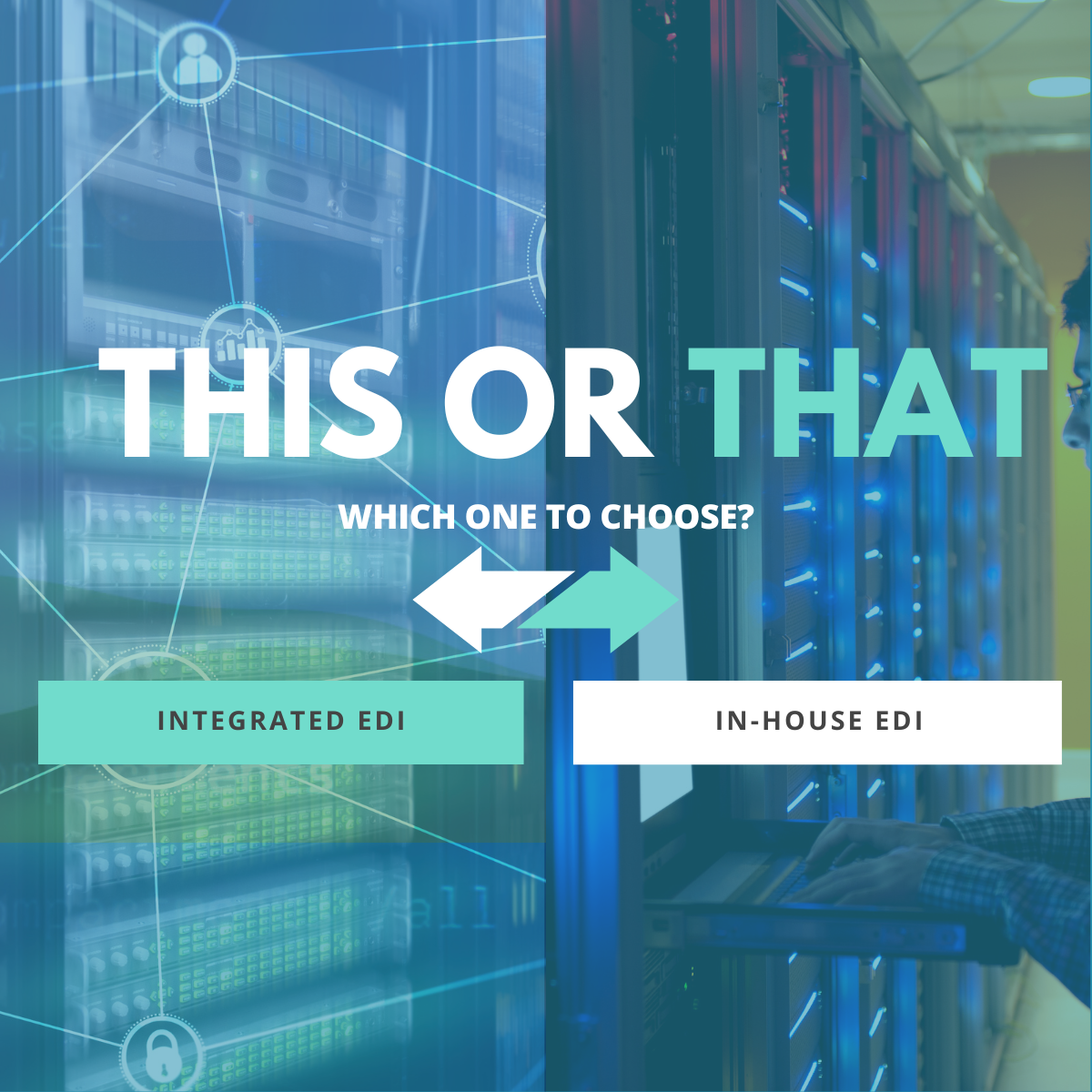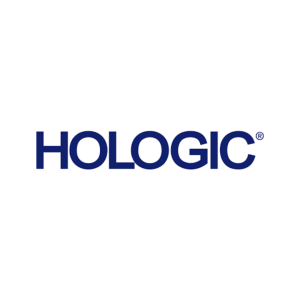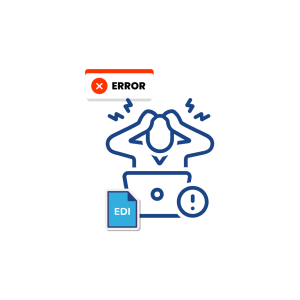Introduction
Businesses often face a situation where they have to make critical decisions regarding implementing EDI solutions. Some common deciding factors often involved are costs, time, and resources. The two prominent contenders in this landscape are Integrated EDI and In-House EDI. As an EDI expert, it’s essential to unravel the complexities of these systems, guiding businesses toward the solution that aligns seamlessly with their operational requirements. We aim to comprehensively compare Integrated EDI and In-House EDI, shedding light on their unique features, advantages, and considerations.
Key Takeaways
- Commport Integrated EDI and In-House EDI represent two different approaches to managing electronic data interchange. In-House EDI requires a business to handle all the infrastructure, IT resources, and management internally, while Integrated EDI, provided by Commport, seamlessly connects with existing systems and is managed by an external provider.
- Cost is a key differentiator. In-House EDI involves high upfront investments in hardware and software, as well as ongoing maintenance costs. On the other hand, Commport Integrated EDI is more cost-effective, eliminating the need for significant capital expenses and reducing the need for internal IT support.
- Scalability is another major factor. In-House EDI systems can be difficult and expensive to scale as business needs grow. In contrast, Commport Integrated EDI is designed to be flexible and scalable, allowing businesses to expand easily without additional investments in infrastructure.
- Security and compliance are more complex with In-House EDI, where businesses must ensure their systems meet industry standards and regulations. Commport Integrated EDI comes with built-in security measures and compliance features, ensuring businesses meet regulatory requirements without the extra effort.
- Commport’s solution also offers faster implementation and better support. While In-House EDI may take months to set up, Commport Integrated EDI provides quick integration and is managed by experts, offering ongoing maintenance and troubleshooting to optimize performance and free up internal resources.
Before we get into actual comparisons, first let’s understand the definition of Integrated EDI and in-house EDI.
Integrated EDI
Integrated EDI involves the incorporation of EDI capabilities directly into an organization’s existing enterprise resource planning (ERP) or business management systems. This approach seamlessly weaves EDI functionalities into core business operations, fostering real-time data synchronization and streamlined processes. Integrated EDI is often favored by enterprises seeking centralized data management and a cohesive IT environment.
In House EDI
In-house EDI, also known as on-premise EDI, refers to the setup where an organization builds and manages its own EDI infrastructure. This entails the purchase of EDI software, and hardware, and the establishment of an in-house team responsible for system maintenance, updates, and support. In-house EDI provides businesses with greater control over their EDI processes and infrastructure.
Compare Integrated EDI vs In-House EDI
Aspect
Integrated EDI
In-House EDI
Integration with Business Systems
Seamlessly integrated into existing ERP or business systems
Operates independently, requiring separate integration
Real-Time Data Synchronization
Ensures real-time data synchronization within the organization
Data synchronization may be subject to manual processes
Customization
Highly customizable to align with specific business processes
Customization may require extensive development work
Implementation Time
May require more time for integration and testing
Potentially quicker implementation due to independence
Cost Structure
Upfront investment with potential long-term cost savings
Higher initial costs with potential long-term savings
Maintenance Responsibility
Shared responsibility between the organization and the EDI provider |
Full responsibility for maintenance rests with the organization
Scalability
Scales with overall business growth
Scalability may require additional hardware and resources
Access Control
Integrated access control through existing systems
Separate access controls need to be managed for the EDI system
Upgrades and Updates
Controlled upgrades based on business requirements
In-house control over updates, but potential delays |
Dependencies
Relies on the stability of the integrated ERP system
Operates independently, reducing external dependencies
Flexibility
Adaptable to changing business needs
Adaptation may require extensive in-house development
Data Security
Security measures integrated into ERP system
In-house control over security measures
Compliance Management
Compliance management integrated into ERP system
In-house responsibility for monitoring and updating compliance
Cost Predictability
Predictable costs with subscription or licensing fees
Costs may vary, and unforeseen expenses may arise
Collaboration within Systems
Encourages collaboration within internal systems
Collaboration may require additional integration efforts
Vendor Reliance
Relies on the expertise and support of the integrated EDI vendor
Reduced reliance on external vendors for ongoing support
Data Integration Complexity
Simplified data integration with existing business systems
Potential complexity in integrating data from various sources
Business Process Alignment
Aligns seamlessly with existing business processes
Integrated disaster recovery protocols in place
Disaster Recovery
Integrated disaster recovery protocols in place |
In-house responsibility for implementing and managing disaster recovery plans
Why it is better to invest in an integrated EDI solution than building an in-house EDI solution?
Here are some reasons why investing in an integrated EDI solution might be a better choice
Expertise and Specialization
Integrated EDI solutions are developed and maintained by companies specializing in EDI technology. They have dedicated teams with expertise in EDI standards, compliance, and evolving technologies. Building an in-house solution may require hiring and training a specialized team, which can be resource-intensive.
Time-to-Market
Integrated EDI solutions are ready to use, allowing you to implement EDI quickly and efficiently. Building an in-house solution requires time for development, testing, and debugging. This can delay your ability to start exchanging electronic documents with trading partners.
Compliance and Updates
Integrated solutions are designed to comply with EDI standards and regulations, and vendors regularly update their systems to accommodate changes. Staying compliant with evolving EDI standards can be challenging for in-house solutions, as it requires ongoing maintenance and updates.
Cost Considerations
While building an in-house EDI solution might seem like a cost-effective option initially, the long-term costs can be significant. You need to consider expenses related to development, maintenance, upgrades, and the ongoing support of an in-house team. Integrated solutions often have predictable subscription-based pricing models.
Scalability
Integrated EDI solutions are built to handle various transaction volumes and can easily scale to accommodate growing business needs. Building an in-house solution that can scale effectively might require significant additional development effort.
Reliability and Support
Integrated EDI solutions typically come with support services, ensuring that any issues are promptly addressed. Vendors are motivated to maintain high levels of reliability and performance. With an in-house solution, reliability and support are entirely dependent on your team’s capabilities.
Risk Mitigation
EDI transactions often involve sensitive business data. Integrated solutions are designed with security best practices and compliance in mind, reducing the risk of data breaches. Building a secure in-house solution requires significant expertise in data security.
Focus on Core Competencies
Using an integrated EDI solution allows your organization to focus on its core competencies rather than diverting resources to develop and maintain non-core functionalities.
Conclusion
The choice between Integrated EDI and In-House EDI is a strategic decision that hinges on each business’s unique needs, preferences, and resources. Integrated EDI offers seamless integration, real-time synchronization, and cost predictability, making it suitable for businesses seeking a comprehensive solution. In-house EDI, on the other hand, provides full control, reduced vendor reliance, and independence but requires a greater investment in infrastructure and maintenance. Ultimately, the decision should align with the business’s goals, IT capabilities, and the level of control desired over EDI processes.
Commport EDI Solutions
Free Download: EDI Buyers Guide
Unlock the full potential of your supply chain with our comprehensive EDI Buyer's Guide — your first step towards seamless, efficient, and error-free transactions
Frequently Asked Questions
The cost of Integrated EDI is typically subscription-based, allowing for predictable expenses and scalability as your business grows. In-House EDI involves higher upfront costs for software, hardware, and training, along with ongoing costs for maintenance, updates, and potential staffing increases. Integrated EDI often proves to be more cost-effective in the long run.
Both Integrated and In-House EDI can offer robust data security if properly managed. Integrated EDI providers usually have advanced security measures, compliance certifications, and dedicated security teams to ensure data protection. In-House EDI requires your internal team to implement and maintain security protocols, which can be challenging and resource-intensive.
Integrated EDI provides greater scalability and flexibility, allowing businesses to quickly adapt to changes in transaction volume and business needs without significant additional investment. In-House EDI may struggle with scalability, as it often requires additional resources and infrastructure upgrades to handle increased demands.
Integrated EDI typically has a shorter implementation timeframe because the provider already has established infrastructure and expertise. They can quickly integrate their system with your existing processes. In contrast, In-House EDI requires setting up hardware, software, and training staff, which can take several months to complete.
Integrated EDI providers usually offer comprehensive technical support, including 24/7 monitoring, troubleshooting, and updates. They have specialized teams dedicated to maintaining EDI systems. With In-House EDI, your internal IT team is responsible for all support and maintenance, which can be challenging if they lack specialized EDI knowledge and resources.





